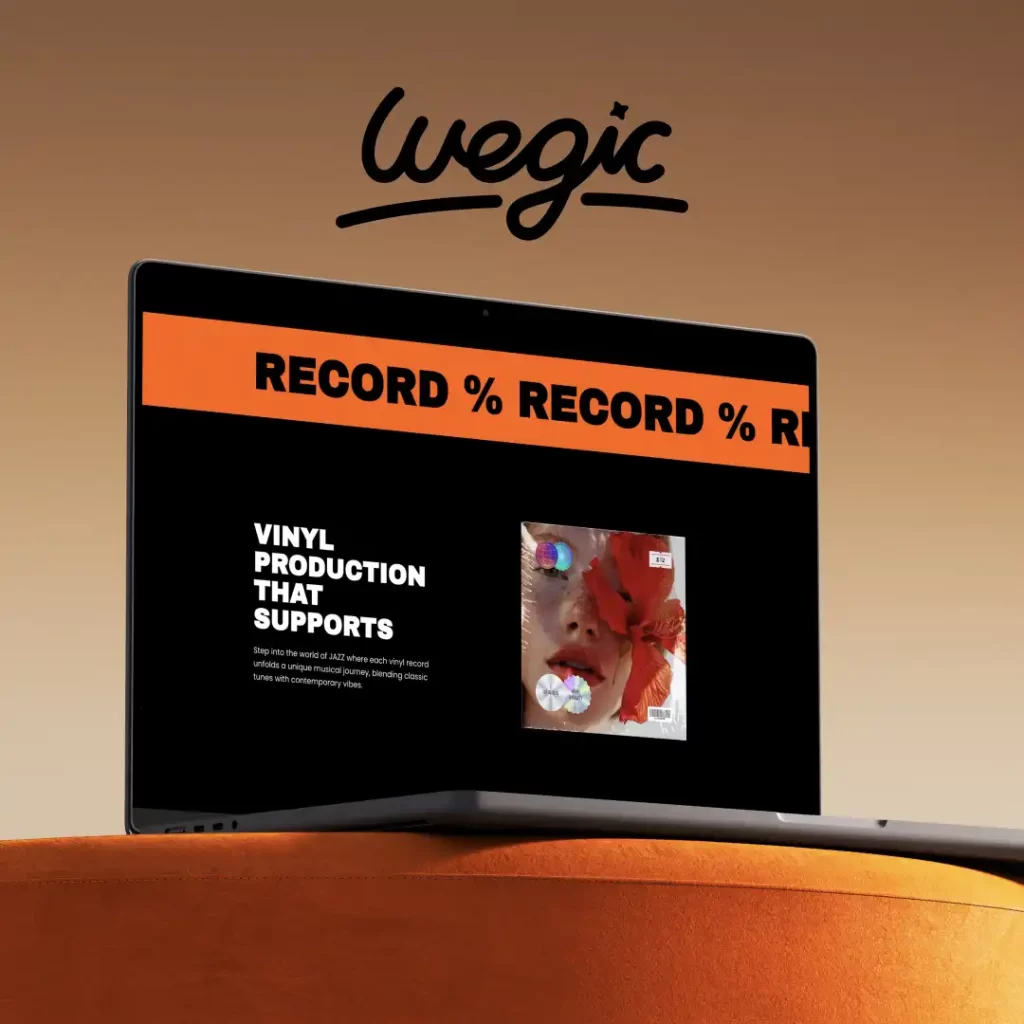Drupal Web Development in 3 Steps
Getting Started with Drupal Web Development
Drupal Web Development
In today’s digital age, having a strong online presence is crucial for any business looking to succeed. However, building a website can be a daunting and time-consuming task, especially for those who lack technical expertise. This is where AI website builders come in – they offer a quick and easy way to create a professional-looking website without the need for coding knowledge. In this article, we will explore some of the best AI website builders available in the market today.

How Drupal Web Development Works
Drupal Web Development
To ensure that your website meets accessibility standards, it is important to use a website accessibility checker. These tools help you identify areas on your website that may not be accessible to all users, allowing you to make the necessary changes to improve your site’s accessibility.
One popular website accessibility checker is the Web Content Accessibility Guidelines (WCAG) checker. WCAG is a set of guidelines for making web content more accessible to people with disabilities. These guidelines are broken down into four principles: perceivable, operable, understandable, and robust. The WCAG checker evaluates your website based on these principles and provides you with a list of issues that need to be addressed to improve accessibility.
Another website accessibility checker is Axe, which is a free open-source tool developed by Deque Systems. Axe scans your website for accessibility issues and provides detailed reports on areas that need improvement. The tool is easy to use and provides actionable recommendations for improving accessibility.
In addition to these tools, there are also browser extensions like Wave and AInspector that allow you to check the accessibility of your website in real-time as you browse. These extensions highlight accessibility issues on your site and provide recommendations for fixing them.
When using a website accessibility checker, it is important to keep in mind that no tool is perfect. While these tools can help identify common accessibility issues, it is also important to conduct manual testing to ensure that your website is truly accessible to all users. Manual testing involves using assistive technologies such as screen readers and keyboard navigation to navigate your site as a person with disabilities would.
It is also important to stay updated on the latest accessibility guidelines and best practices. The web accessibility landscape is constantly evolving, and it is important to stay informed about new developments in the field. By staying informed and regularly testing your website for accessibility, you can ensure that your site is accessible to all users.
In addition to ensuring compliance with accessibility laws and guidelines, improving website accessibility also benefits your business. By making your website more accessible, you can reach a wider audience and improve the user experience for all visitors. This can lead to increased engagement, higher conversion rates, and improved search engine rankings.
That’s where a website portfolio case study device generator comes in. This powerful tool allows you to easily create a professional-looking website portfolio in just a few clicks. In this article, we will explore the benefits of using a website portfolio case study device generator and how it can help you take your online presence to the next level.
What is a Website Portfolio Case Study Device Generator?
A website portfolio case study device generator is a tool that helps you create a visually appealing and user-friendly website portfolio without the need for any coding or design skills. This tool is typically web-based, meaning you can access it from any device with an internet connection.
One of the key features of a website portfolio case study device generator is the ability to easily showcase your work in a professional and organized manner. You can upload images, videos, and other media to your portfolio and arrange them in a visually appealing layout. Additionally, many generators also offer customizable templates and themes, allowing you to personalize your portfolio to fit your brand and style.
Benefits of Using a Website Portfolio Case Study Device Generator
1. Save time and effort: Creating a website portfolio from scratch can be time-consuming and overwhelming, especially if you’re not familiar with coding or design principles. A website portfolio case study device generator simplifies the process by providing pre-designed templates and easy-to-use tools, allowing you to create a professional portfolio in a fraction of the time.
2. Professional and polished look: With a website portfolio case study device generator, you can rest assured that your portfolio will have a polished and professional look. The templates provided are designed by experts in the industry, ensuring that your portfolio will make a great impression on potential clients and employers.
3. Easy to update and maintain: Another advantage of using a website portfolio case study device generator is that it makes it easy to update and maintain your portfolio. You can easily add new work, update information, and make changes to your portfolio without having to deal with complicated coding or design tools.
4. Showcase your work effectively: One of the main purposes of a website portfolio is to showcase your work and demonstrate your skills and expertise. A website portfolio case study device generator allows you to effectively showcase your work in a visually engaging way, making it easy for visitors to see what you have to offer.
5. Reach a wider audience: By having a professional website portfolio, you can reach a wider audience and attract more potential clients or job opportunities. With a website portfolio case study device generator, you can easily share your portfolio on social media, include it in your email signature, or even link to it on your resume.

How to Drupal Web Development
Drupal Web Development
Conclusion
Creating a successful membership site requires the right tools and technology. By choosing a reliable website builder that is specifically designed for membership sites, you can create a professional-looking and feature-rich membership site that meets your needs and goals.
The website builders mentioned in this article, including MemberPress, Kajabi, Teachable, and Squarespace, offer a range of features and customization options to help you create a successful membership site. Whether you’re looking to create online courses, restrict access to content, or accept payments online, these website builders have everything you need to get started.
Before choosing a website builder for your membership site, make sure to consider your specific needs, budget, and technical skills. With the right website builder, you can create a successful and profitable membership site that engages your audience and generates recurring revenue.




